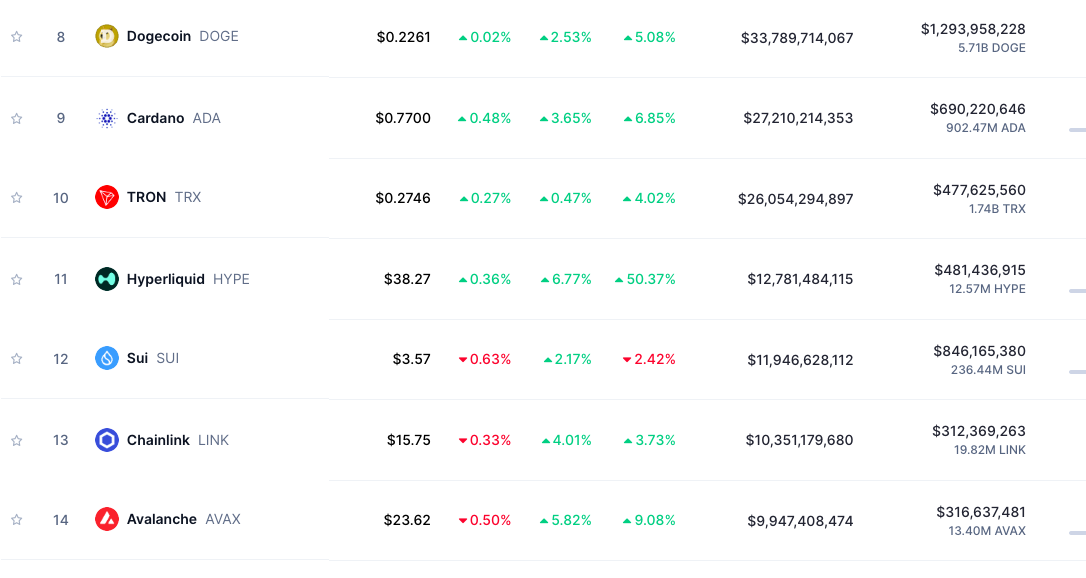The last few years have ushered in a host of changes to the employee benefits landscape—including an increased emphasis on employee wellbeing. At the same time, there have been significant shifts in employee expectations, including around access to flexibility, personalization and offerings like telehealth. These are all core to the mission of Iris Telehealth, says Sarah Fyfe, chief people officer.
The organization has about 130 corporate employees and works with 650 clinicians to connect patients with high-quality behavioral telehealth resources. Given the business’s focus, its people-first model enables its workforce, Fyfe says, to prioritize their own wellbeing. This includes through company initiatives like gym memberships and a mental health stipend, as well as more personalized benefits design.
Fyfe recently spoke with HR Executive about the influence of employee wellbeing on the organization’s benefits strategy and the role of telehealth in improving wellbeing outcomes.
Fyfe: It’s an interesting time. Employers really need to think about how their benefits plans are meeting employees where they are—both physically and emotionally. It’s an iterative, ongoing process. It’s on us in HR to understand both the mental and physical health needs because they are deeply connected. We need to ensure employees have awareness of and access to virtual care, including virtual therapists, psychiatric care and digital wellness tools, alongside traditional medical care models. Our strategy aims to have employees take a proactive stance for their health. We’re helping them address preventative care while curbing cost exposure down the road.
HR Executive: How did the pandemic drive changes in telehealth trends?
Fyfe: The notion of on-demand access became incredibly paramount. People wanted immediate, flexible healthcare solutions, and that increased the utilization of telehealth services. That is our business model, but our employees are taking more advantage of this, as we help them remove the hurdles of in-person visits. This is increasingly important for behavioral health for timely intervention. Employees no longer need to take a half-day to get the care they need. They can hop on a virtual visit on their lunch hour. We’re continuing to see increasing utilization of telehealth for behavioral health. We’re focusing a lot of our efforts making sure employees have access to and understand the options available.
HR Executive: How has Iris Telehealth reimagined the role of wellbeing in employee benefits?
Fyfe: It’s no longer the expectation for HR to just provide benefits packages; we have to make sure we’re thinking about the entire wellbeing of employees. We have our ERGs and a lot of other programs that have helped, like meditation sessions on Monday mornings to start off the week. We have a mental health benefit: People have a once-a-year $100 stipend to use to recharge and do something that’s good for their soul.
Through our Iris Reads program, employees get books the company pays for about professional development, wellbeing; there aren’t a lot of guardrails. We have gym membership reimbursements up to $50 a month, flexible schedules, time off. We’re trying to be really thoughtful about ways in which we can enable folks to take time to care for themselves outside of work.
See also: Employee demand is driving a surge in mental health benefits
HR Executive: How can HR best confront rising healthcare costs, while still maintaining a high level of care?
Fyfe: It’s no secret: The rising cost of healthcare for employees and employers continues to remain a critical concern. And it’s a lot of the driving force behind the strategic benefits decisions employers are forced to make. HR leaders have to make sure we’re thinking creatively, monitoring the market. We look at utilization rates and make sure we’re getting in front of people through education, resources, helping them to seek the care they need. At Iris, we created an offering that, if employees opt in to the employee-only plan, we cover the entire premium cost, and we have had strong participation in that, with people focusing on proactive maintenance.
We have a variety of different plans people can opt into. It’s no longer, “Here’s one PPO. This is your plan.” That’s not cutting it—from a cost perspective but also from the expectations of employees. We need to offer a broad array of options people can pick and choose from.
A lot of high costs come from prescription benefits, so we’ve been thinking about different ways to manage that—there are tools where people can compare costs of prescriptions. We have a mail order for prescriptions and we’re doing more education about generics. Sometimes, education can go a really long way to reduce rising costs.
Our strategy is around how we can get in front of the serious health concerns and make sure employees have early, timely access to get the care they need before things linger and become bigger.
HR Executive: How is the evolving benefits landscape, with a heightened focus on employee wellbeing, changing the role of the HR executive?
Fyfe: We’re becoming strategic health and wellbeing architects. We’re no longer just administering benefits. We’re shaping holistic workforce health in a way that impacts the business—productivity, engagement, retention. All of this is happening through culture transformation, with a focus on wellbeing, mental health.
HR needs to collaborate closely with healthcare partners to make sure we’re analyzing utilization data and implementing targeted interventions. My team and I are constantly asking ourselves the ways in which we can impact organizational effectiveness, mitigate burnout, increase engagement, impact employee experience. In turn, we’re really helping impact wellbeing and people’s ability to remain engaged.
HR Executive: How do you envision your HR function being a more strategic partner to the business?
Fyfe: HR is finally starting to shift from being the transactional personnel function to a strategic one that’s data-driven. My motto is that we are business leaders who happen to do HR and know talent and people really well. That resonates with business leaders who want to make sure that we as HR executives and teams are providing the utmost value to the business. And the talent is the driving force behind a lot of company success. Now, we’re focused on proactive talent management and workforce planning to support talent in this changing landscape and scale for the growth ahead.
Credit: Source link










